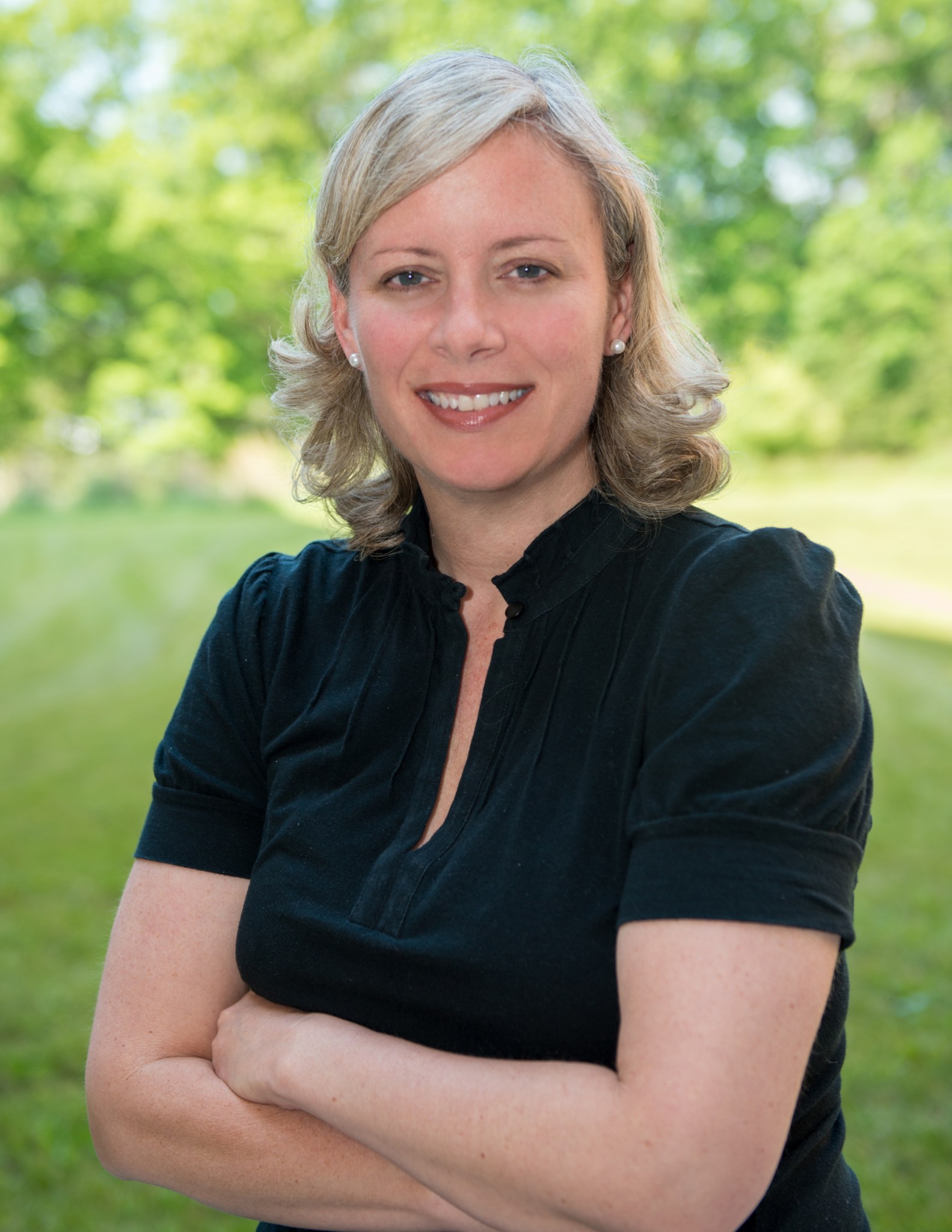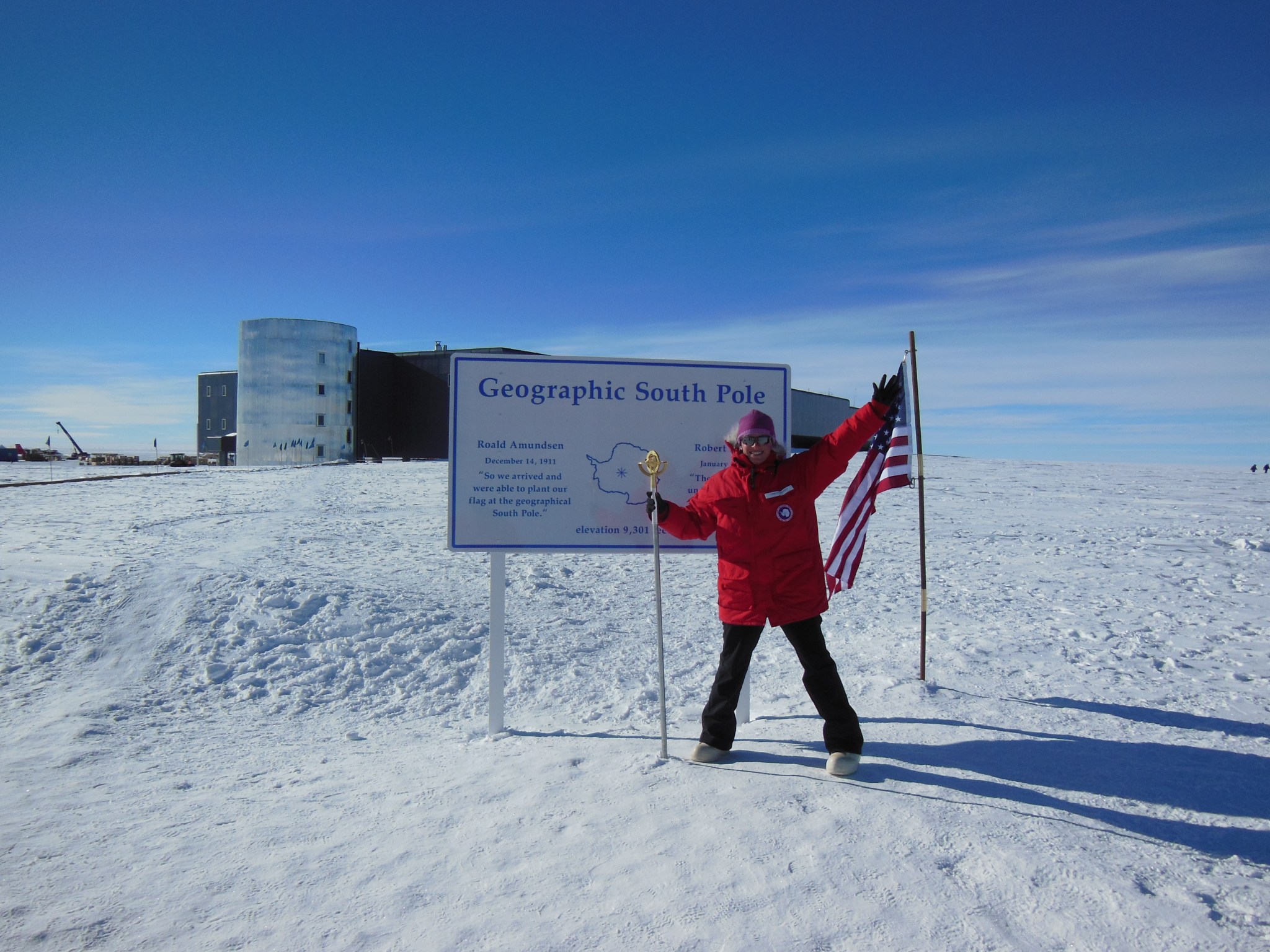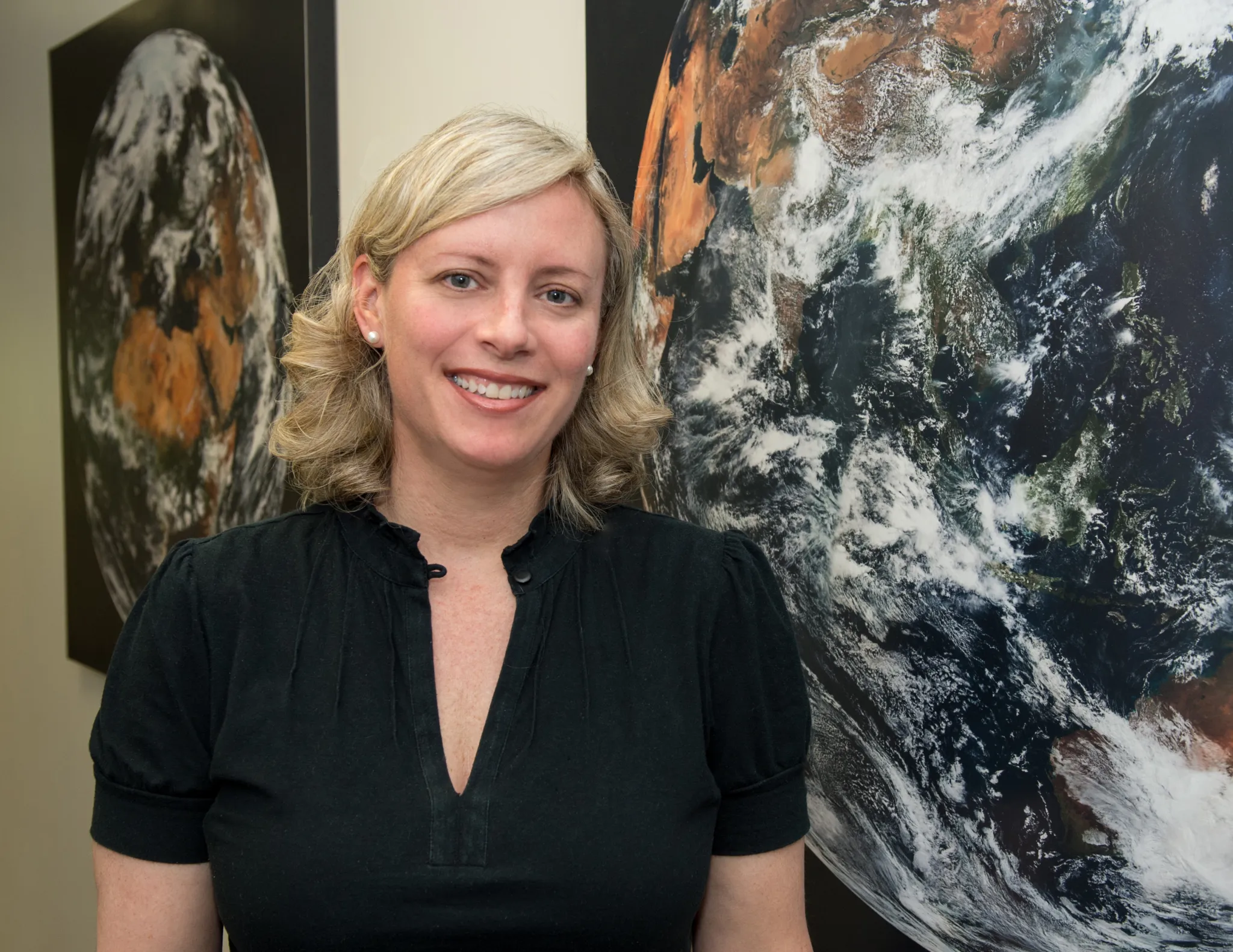Christy Hansen's journey with NASA spans more than two decades and is marked by roles that have shaped her into a leader in space exploration. Now serving on a six-month rotation as the deputy manager for NASA's CLDP (Commercial Low Earth Orbit Development Program) at Johnson Space Center in Houston, she brings 25 years of human spaceflight experience and a global perspective on Earth sciences to her role.
Prior to her rotation, she served as the Artemis deputy mission manager in the Moon to Mars Program Office at NASA Headquarters in Washington, where she supported Artemis missions and facilitated the integration of science and utilization activities into the mission architecture and planning.
Hansen now leverages her vast expertise to advance NASA's commercial space initiatives and support the agency's long-term goals.

She is no stranger to Johnson. From 1999 to 2010, Hansen worked as an operations engineer in Johnson's Flight Operations Directorate, focusing on astronaut training and flight control. She developed procedures, planned spacewalks, and trained astronauts to work in space suits with specialty tools on Space Shuttle, International Space Station, and Hubble Space Telescope missions. She was instrumental in supporting real-time operations as a flight controller for space station assembly missions and the final mission to service Hubble in 2009.
In 2010, Hansen became the operations manager at NASA's Goddard Space Flight Center in Greenbelt, Maryland for the Robotic Refueling Mission, a technology demonstration payload that flew to the orbiting laboratory on STS-135. By 2012 she transitioned to airborne science project management at Goddard, leading multiple missions including Operation IceBridge's first deployment to Antarctica. Her work focused on studying changes in Earth's ice sheets and sea ice in Greenland and Antarctica, where she collaborated with scientists, engineers, and managers to design aircraft-based Earth science missions.

Faced with her husband's diagnosis of amyotrophic lateral sclerosis in 2014, Hansen drew on her vast experience and passion for engineering to solve a deeply personal issue on the ground. Combining her technical expertise and pioneering spirit, she led an effort to bring eye-gaze technology to Goddard, enabling individuals with neurodegenerative disabilities to continue working without the use of their hands or voice.
Her husband, Dave Parker, an engineer at Goddard who worked on all hubble servicing missions and tech demo payloads on the space station, was determined to keep working even when he could not use his arms, legs, hands, or voice. Together, they researched and pushed for this capability, ensuring that the technology could help many others in similar situations.
After collaborating with Goddard information technology and the commercial-off-the-shelf Tobi eye gaze company, they managed to implement the system within a year. Parker worked for a year and a half using this technology and supported the real-time installation of space station hardware he helped design from his hospital bed before passing away in March 2021.
Hansen continues to work with NASA's Office of Diversity and Equal Opportunity to make this a standard accommodation option.
In her new role, she aims to support the development of an innovative acquisition strategy that fosters a robust commercial low Earth orbit environment. "I look forward to working with the CLDP team and our stakeholders to develop a creative and smart approach that enables a commercially led and operated low Earth orbit destination," she said. "This includes fostering an open dialogue across disciplines, including critical tech authorities, programs, our industry and international partners, and Johnson and headquarters leadership. We can only go great places together."
Her background in human spaceflight and science missions has given her a unique perspective. "I truly enjoy building partnerships and working across broad teams to achieve amazing goals," she said. "This diversity of experience gave me an understanding of the critical goals, priorities, and culture of our key NASA stakeholders - and how we must integrate and work together to achieve the NASA mission."
Through her career, she has learned to be open to new ideas and ways of doing things. "Be curious and proactively create space for all voices to be heard; there is more than one way to do things, and you must be open and receptive to different communication styles and experiences," she said. "I lean on my broad experiences wherever I go."

For young girls interested in a career in space, her advice is clear: "Go, go, go! You will face challenges and hurdles, but human spaceflight and NASA need your ideas, experiences, and energy. You uniquely bring momentum in a way others cannot - so don't compare yourself to others. Study and do what you love - as that will get you through the hard times."
Looking ahead, she is eager to help make space accessible and affordable to all, enabling a broader and diverse field of future flyers. "These destinations will enable critical science, human research, and tech development - important steppingstones to help us achieve our goals of landing on the Moon again and ultimately going to Mars," she said. "No matter how dynamic and challenging our work is, my passion for human spaceflight and the NASA mission is inherently part of me."
The agency's commercial strategy for low Earth orbit will provide the government with reliable and safe services at a lower cost and enable the agency to focus on Artemis missions to the Moon in preparation for Mars while also continuing to use low Earth orbit as a training and proving ground for those deep space missions.






